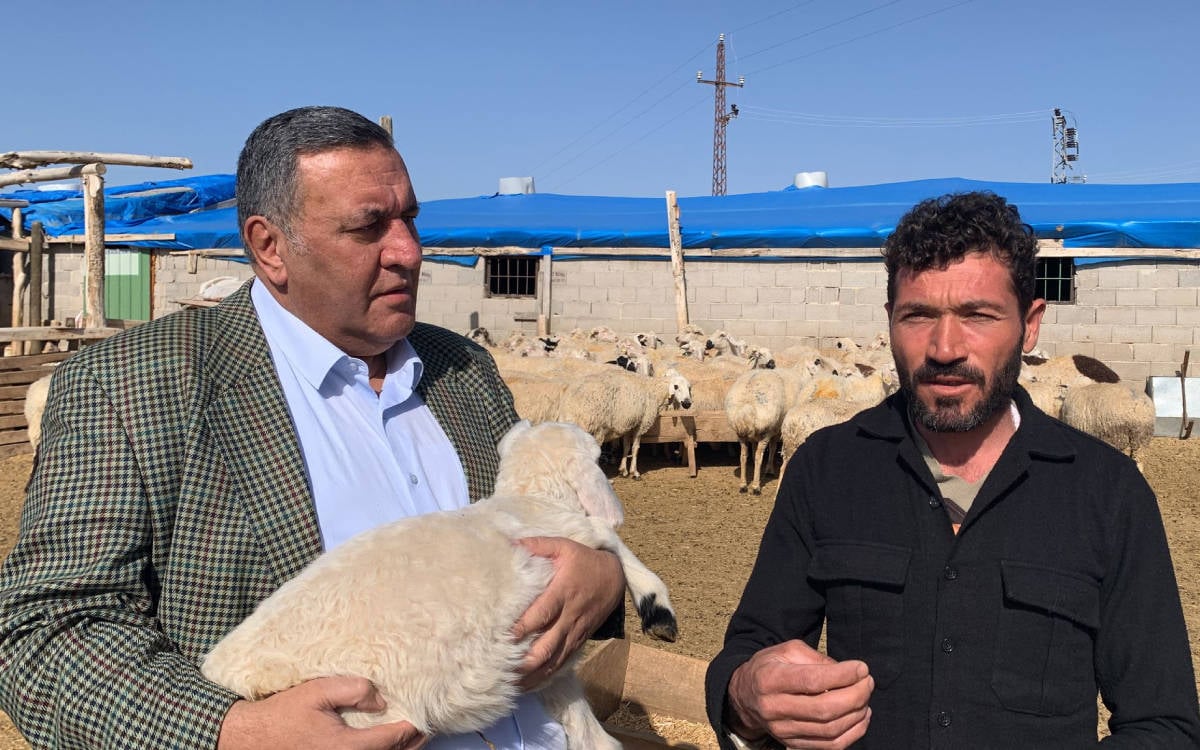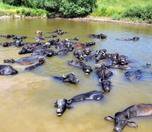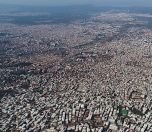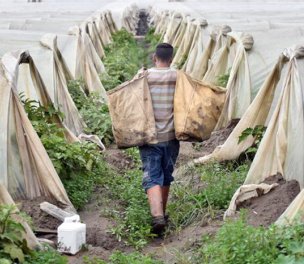How climate crisis affects Turkey's agricultural production
.jpg)
Click to read the article in Turkish
An academic study published in 2022 presents a comprehensive overview of the various impacts of the climate crisis on agriculture in Turkey.
The study reveals that five major crops, namely wheat, barley, cotton, sunflower, and tea, which account for at least 80% of the cultivated areas in Turkey, have been affected in various ways from 1968 to 2018 due to the climate crisis.
According to the study, the effects faced by these crops, although varying by region and time, primarily stem from drought and high temperatures.
Numerous studies have demonstrated that extreme temperatures and drought risks are particularly high and even inevitable for the Southeastern Anatolia, Mediterranean, and Aegean regions.
Drought is the main problem
• Drought poses the most significant challenge for wheat production in Turkey.
• The negative impact is most noticeable in cotton production in the Southeast.
• Sunflower farming in the lower parts of Central Anatolia needs to be reconsidered, potentially shifting towards the transitional zone between Central Anatolia and the Black Sea or Eastern Anatolian provinces like Van and Bitlis.
• The warming trend in provinces such as Erzurum, Kars, and Ağrı could make these areas more suitable for barley and wheat cultivation.
• For tea cultivation, the main threat arises from irregular and excessive rainfall.
• The loss of productivity caused by the climate crisis is significant. Turkey has struggled to achieve yield improvements in agricultural products for an extended period. If no solutions are developed, food inflation could intensify further.
Wheat represents the "lion's share" of agricultural production in Turkey, with 40% of registered farmers engaged in wheat farming.
Processed wheat products like pasta and biscuits contribute to annual exports exceeding 10 billion US dollars. However, similar to grains in general, drought remains a fundamental issue in wheat production.
Moreover, projections suggest that agricultural drought could increase by 37% by 2050, while heatwaves could rise between 40% and 100%.
Another important crop alongside wheat is barley. In Turkey, four out of every ten farmers engaged in cultivated agriculture grow either wheat or barley. This crop, which is primarily used as animal feed, serves as a vital input for livestock farming and the feed industry, accounting for approximately 85% of its usage.
Growing food inflation risk
The risk of food inflation is growing as Turkey has struggled to achieve yield improvements in its major agricultural products for many years, placing the country far behind its global competitors.
Over the past 50 years, the total cultivated area has decreased from 16 million hectares to 14 million hectares. The crops that have experienced the most significant decline in cultivation include wheat, rye, grapes, oats, cotton, and tobacco.
As of December 2022, Turkey ranks fifth in terms of food inflation, following Zimbabwe, Lebanon, Venezuela, and Argentina, suggesting a potential surge in food prices.
The example of Australia
Australia provides a good example regarding drought. With a climate and soil structure similar to the Southeastern Anatolia region, Australia implemented a water management model focused on drought since 1992. By 2019, water usage per bale of cotton had decreased by 48%, while yields had increased by 97%.
|
This article, written by Dr. Oğuz Tutal, an environmental and climate economist at CERA Europe (Climate and Environment Association Europe) and the European Development Institute (EDI), has been shortened and published in collaboration with İklim Masası and bianet. İklim Masası is a news service aiming to disseminate reliable information about the climate crisis to the public. Its authors consist of scientific experts specialized in the topics they cover. |
(TY/VK)













as.jpg)